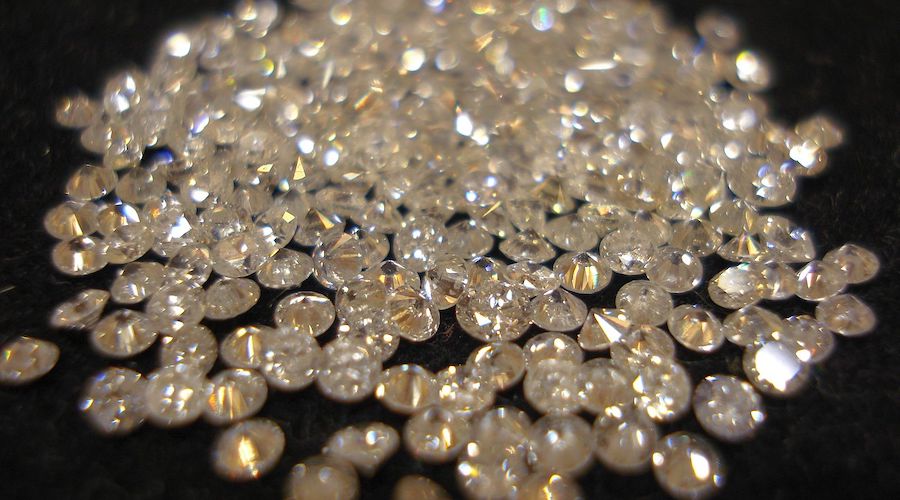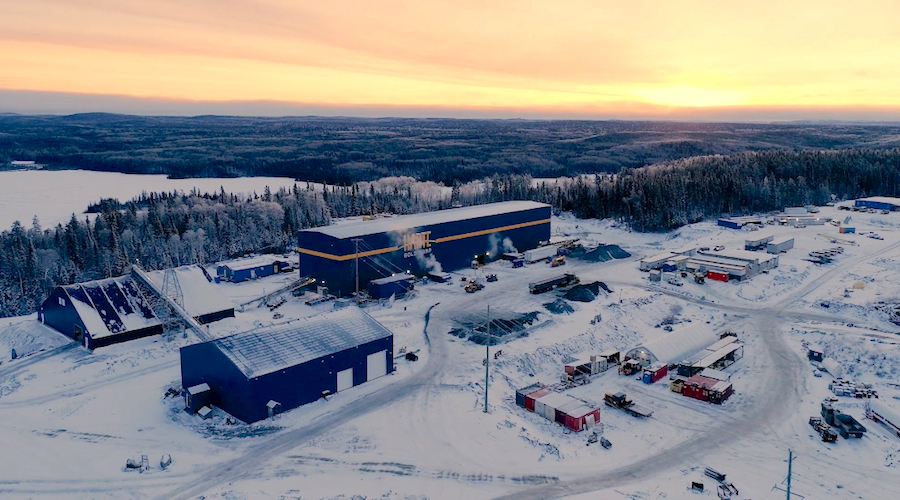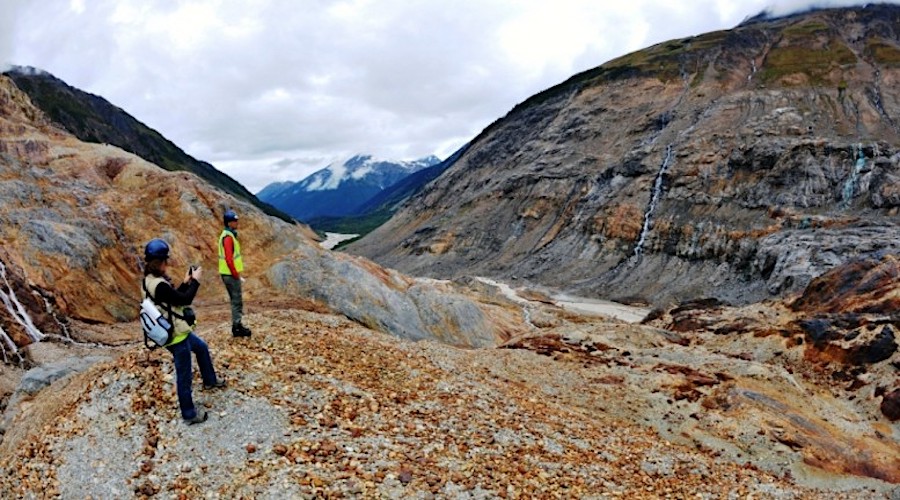Diamond-formation process inside earthâs core unveiled


“Temperature at the boundary between the silicate mantle and the metallic core at 3,000 km depth reaches to roughly 7,000 F, which is sufficiently high for most minerals to lose water captured in their atomic-scale structures,” Dan Shim, one of the scientists involved in the study, said in a media statement. “In fact, the temperature is high enough that some minerals should melt at such conditions.”
Shim explained that because carbon is an iron-loving element, significant carbon is expected to exist in the core, while the mantle is thought to have relatively low carbon. However, scientists have found that much more carbon exists in the mantle than expected.
“At the pressures expected for the earth’s core-mantle boundary, hydrogen alloying with iron metal liquid appears to reduce the solubility of other light elements in the core,” the researcher said. “Therefore, the solubility of carbon, which likely exists in the earth’s core, decreases locally where hydrogen enters into the core from the mantle (through dehydration). The stable form of carbon at the pressure-temperature conditions of earth’s core-mantle boundary is diamond. So the carbon escaping from the liquid outer core would become diamond when it enters into the mantle.”
According to Byeongkwan Ko, who led the Geophysical Research Letters paper that presents these findings, the new discovery of a carbon transfer mechanism from the core to the mantle helps shed light on the understanding of the carbon cycle in the earth’s deep interior.
“This is even more exciting given that the diamond formation at the core-mantle boundary might have been going on for billions of years since the initiation of subduction on the planet,” he said.
Ko’s study shows that carbon leaking from the core into the mantle by this diamond formation process may supply enough carbon to explain the elevated carbon amounts in the mantle.
He and his collaborators also predicted that diamond-rich structures can exist at the core-mantle boundary and that seismic studies might detect them because seismic waves should travel unusually fast through the structures.
“The reason that seismic waves should propagate exceptionally fast through diamond-rich structures at the core-mantle boundary is because diamond is extremely incompressible and less dense than other materials at the core-mantle boundary,” Shim said.
Ko, Shim and the rest of the team now plan to continue investigating how the reaction can also change the concentration of other light elements in the core, such as silicon, sulphur and oxygen, and how such changes can impact the mineralogy of the deep mantle.
This post has been syndicated from a third-party source. View the original article here.




